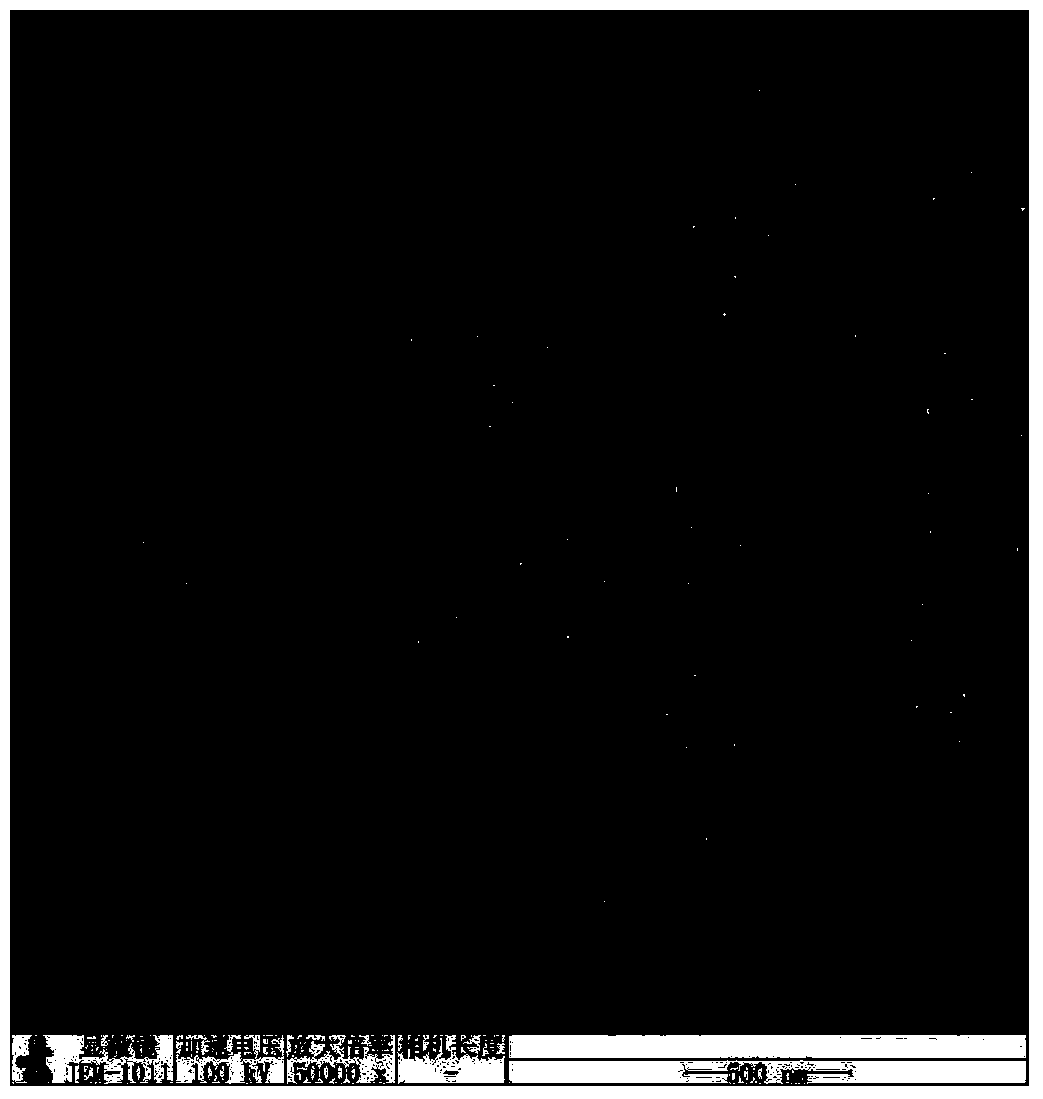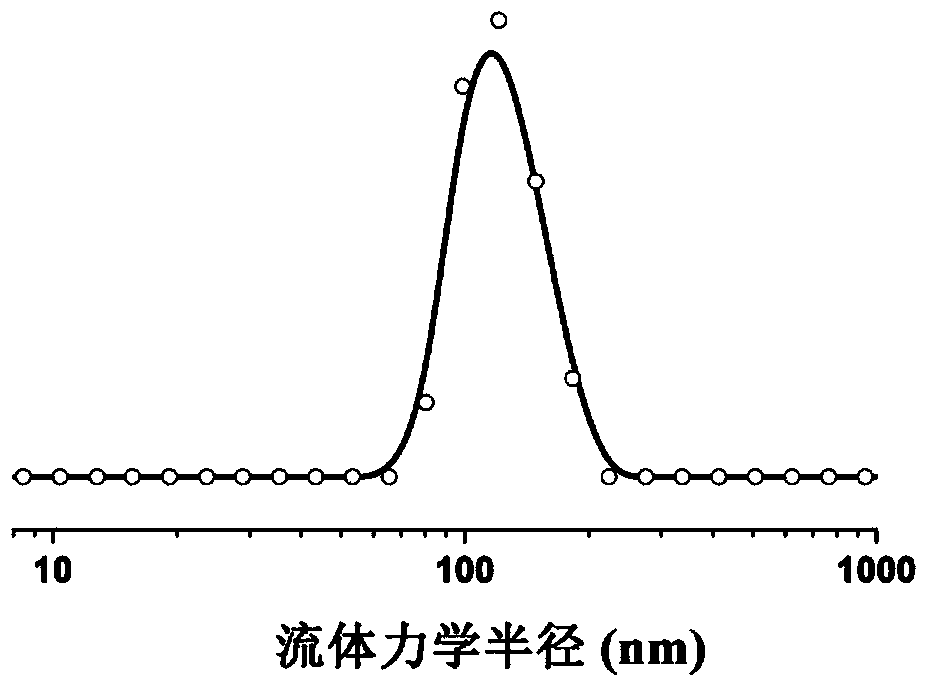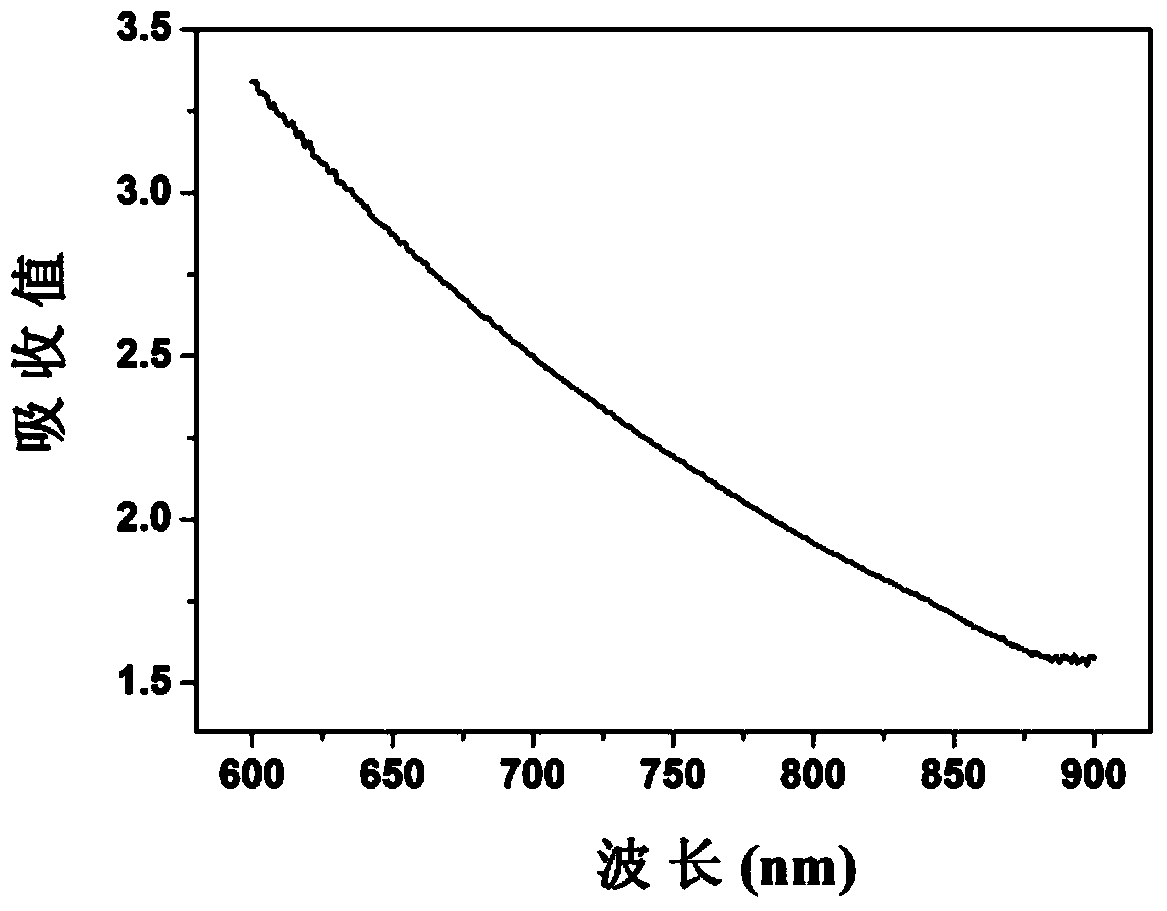Application of poly-dopamine nano-particles
A nanoparticle, polydopamine technology, applied in the application field of polydopamine nanoparticles, can solve the problems of difficult to obtain imaging effect, weak absorption, etc.
- Summary
- Abstract
- Description
- Claims
- Application Information
AI Technical Summary
Problems solved by technology
Method used
Image
Examples
preparation example Construction
[0053] The present invention has no special limitation on the source of the polydopamine nanoparticles, and the polydopamine nanoparticles well-known to those skilled in the art can be used. For example, commercially available products can be used, or polydopamine nano-particles well-known to those skilled in the art can be used. The technical scheme of the particles is self-prepared. Specifically, in the present invention, the preparation method of the polydopamine nanoparticles preferably comprises the following steps:
[0054] performing oxidative polymerization reaction of dopamine hydrochloride in a mixed solvent to obtain polydopamine nanoparticles;
[0055] The mixed solvent includes water, alcohol compound and ammonia water.
[0056] In the present invention, there is no special limitation on the order of mixing the dopamine hydrochloride and the mixed solvent, preferably, dopamine hydrochloride is added to the mixed solvent. In the present invention, the dopamine hy...
Embodiment 1
[0085] Put 20mL of ethanol, 45mL of deionized water and 1mL of ammonia water with a mass fraction of 25% in a 100mL reaction flask, and stir at 30°C for 30min to obtain a mixed solvent;
[0086] Dissolve 0.2528g of dopamine hydrochloride in 5mL of deionized water, then add the aqueous solution of dopamine hydrochloride into the above mixed solvent, avoid light, stir at 30°C, and carry out oxidative polymerization reaction for 24 hours, the reaction system gradually changes from colorless to It is light brown, and finally turns black. The obtained product is subjected to high-speed centrifugation and washed with deionized water three times to obtain polydopamine nanoparticles.
[0087] The present invention carries out transmission electron microscope analysis to the obtained polydopamine nanoparticle, the result is as follows figure 1 as shown, figure 1 It is a transmission electron microscope image of the polydopamine nanoparticles obtained in Example 1 of the present invent...
Embodiment 2
[0097] Put 20mL of ethanol, 45mL of deionized water and 1.5mL of ammonia water with a mass fraction of 28% in a 100mL reaction flask, and stir at 30°C for 30min to obtain a mixed solvent;
[0098] Dissolve 0.2510g of dopamine hydrochloride in 5mL of deionized water, then add the aqueous solution of dopamine hydrochloride into the above mixed solvent, keep away from light, stir at 30°C, carry out oxidative polymerization for 24 hours, the reaction system gradually changes from colorless to It is light brown, and finally turns black. The obtained product is subjected to high-speed centrifugation and washed with deionized water three times to obtain polydopamine nanoparticles.
[0099] The present invention carries out transmission electron microscope observation to polydopamine nanoparticle, and observation result is as follows: Figure 9 as shown, Figure 9 It is a transmission electron microscope image of the polydopamine nanoparticles prepared in Example 2 of the present inv...
PUM
 Login to View More
Login to View More Abstract
Description
Claims
Application Information
 Login to View More
Login to View More - R&D
- Intellectual Property
- Life Sciences
- Materials
- Tech Scout
- Unparalleled Data Quality
- Higher Quality Content
- 60% Fewer Hallucinations
Browse by: Latest US Patents, China's latest patents, Technical Efficacy Thesaurus, Application Domain, Technology Topic, Popular Technical Reports.
© 2025 PatSnap. All rights reserved.Legal|Privacy policy|Modern Slavery Act Transparency Statement|Sitemap|About US| Contact US: help@patsnap.com



